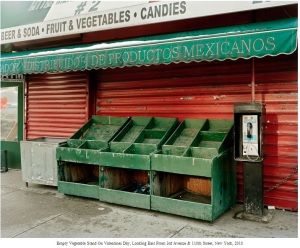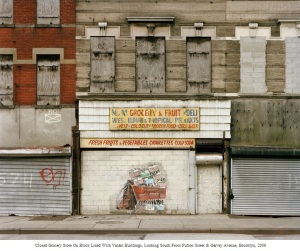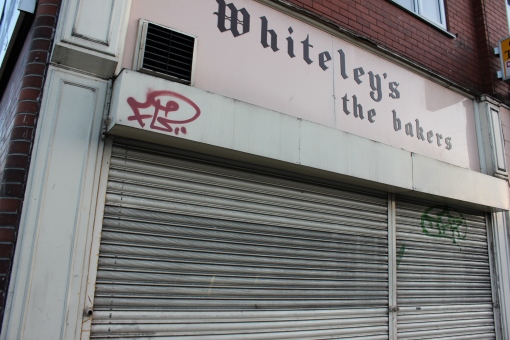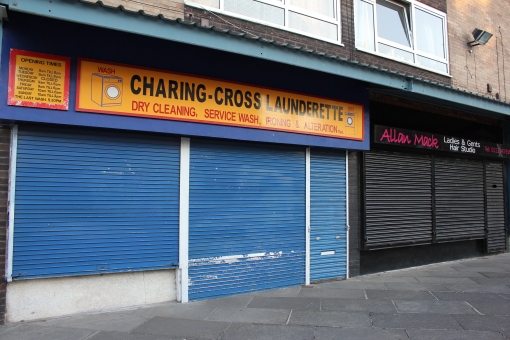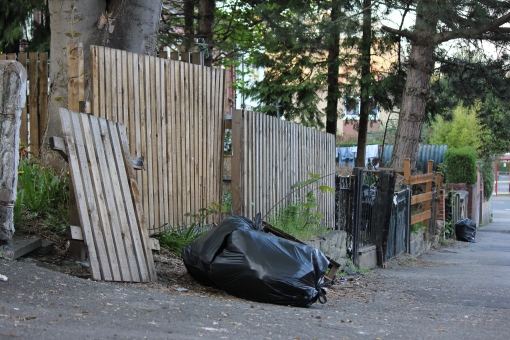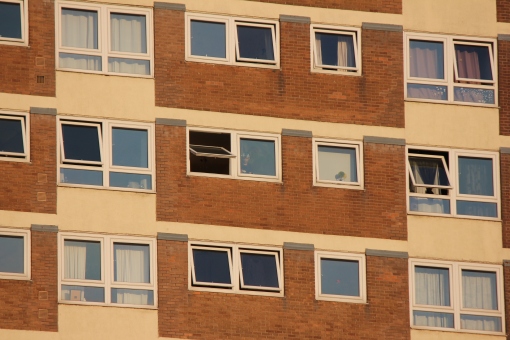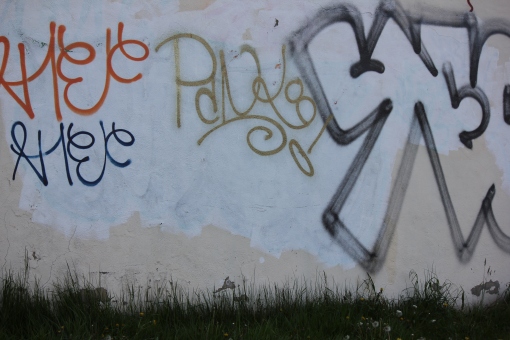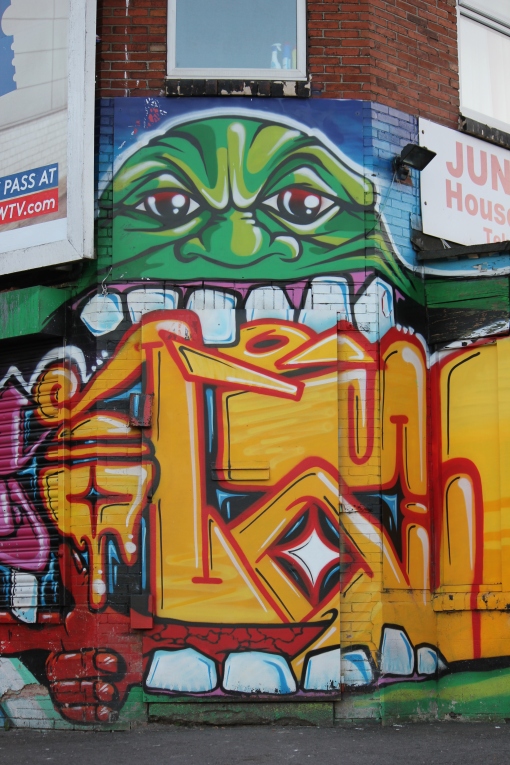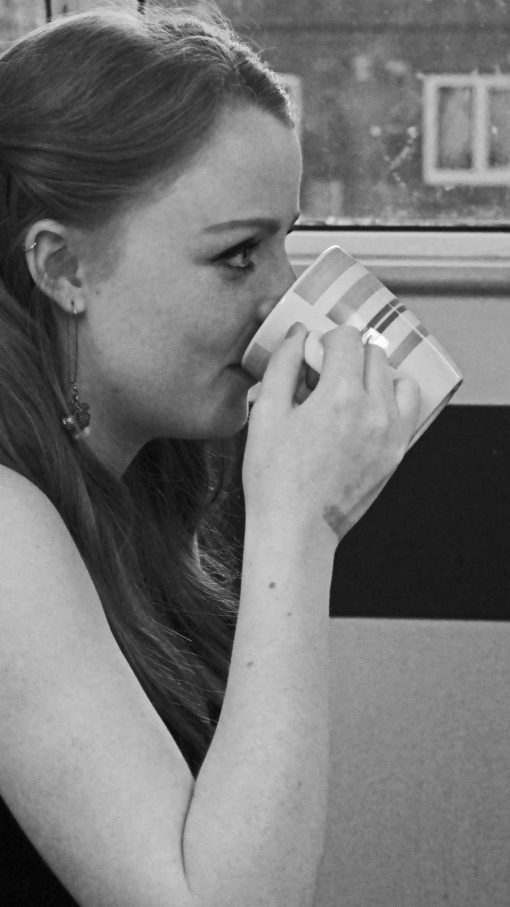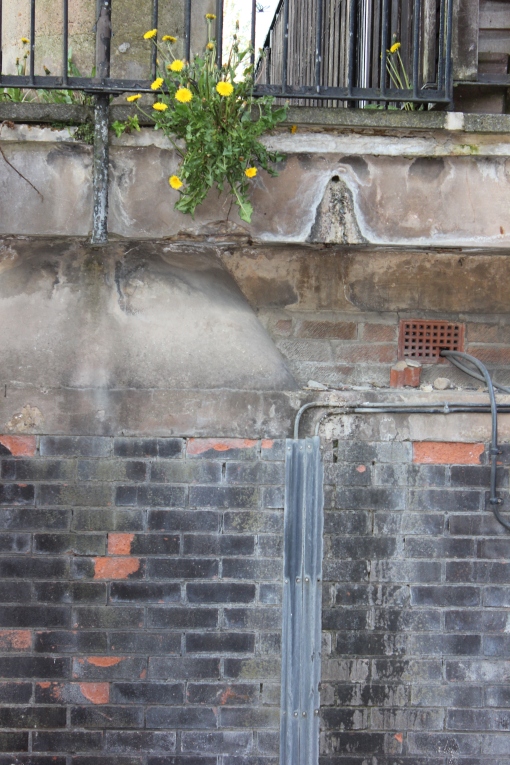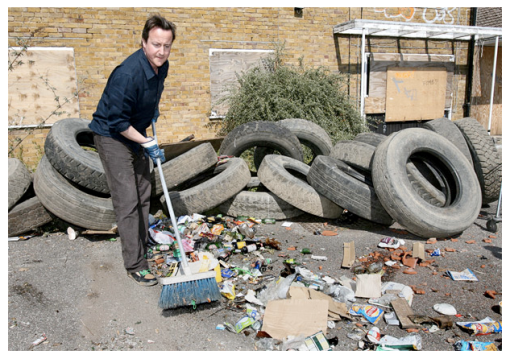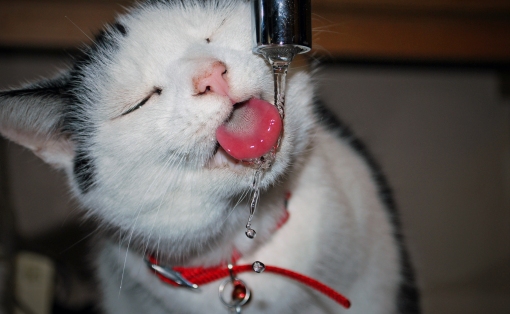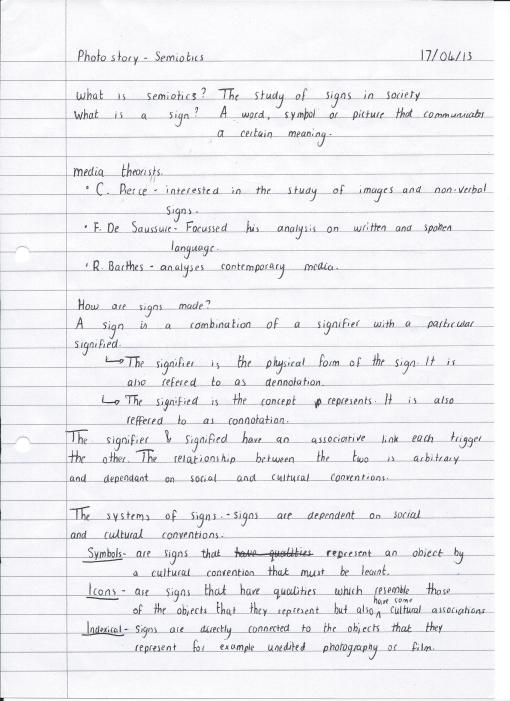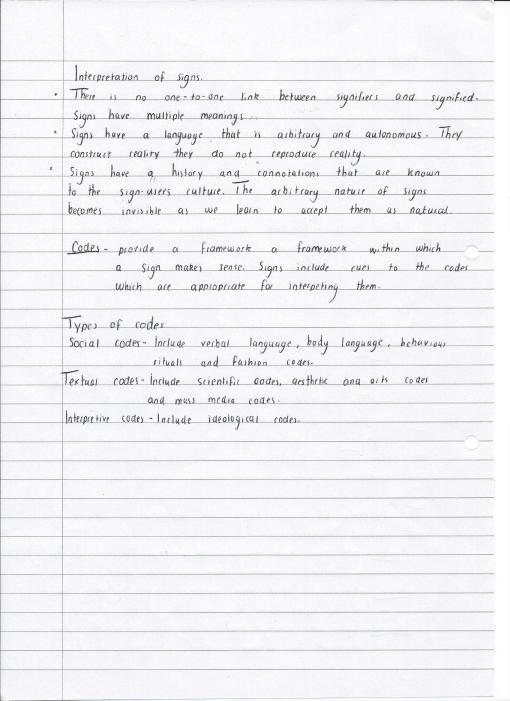This gallery contains 10 photos.
Category Archives: Photo-story
Posted in Photo-story
Photo-story – Assignment appraisal
FINAL ASSIGNMENT APPRAISAL: The austerity issue
I initially researched all three topics of ‘fast’, ‘austerity’ and ‘RAW’ in detail to make it easier for me to decide which topic I should photograph for the photo-story assignment. I initially wanted to go into ‘the RAW issue’ then more specifically into portraiture. My initial intention was to photograph people’s raw emotion after researching into photographer Jill Greenberg. She inspired me with her set of images of crying toddlers to do the same but with adults. Jill succeeded in telling a story with her images which was exactly how I hoped my images would turn out. However after doing a few practice shots of emotions on my flat mates I found that this topic was not my forte. This then caused a delay in progression with my photo-story assignment yet it gave me some time to focus on the mini-assignments.
After much thought and again a little more research I decided to focus on ‘the austerity issue’ which surprised myself as at the beginning of the term I didn’t have an any idea what it meant or what it was about. My preliminary thought was to use search engine Google to research ‘Austerity picture’ to give me an idea. There were many photographs with street protests and a few pictures of rough areas. It did not give me a great insight to what austerity was however using ‘thefreedictionary.com’ gave me a better understanding of the word which helped me tremendously with choosing a more specific route with my photo story; which is ‘an austere life’. I decided to base my photo-story on this as an austere life is a life without luxury and one where people appreciate the simple things in life a lot more.
Whilst thinking of how to photograph this topic I stumbled on photographer Will Steacy, an American photographer and writer who focus on the backstreets of cities in America. His style is simple and portrays an insight to a world most don’t experience. This is exactly how I want my images to be. Below are a few examples of his work:
In a way I believe that all three of these photos portray an austere life because of the derelict theme which runs throughout the set of images. It demonstrates the consequences of an austere government. To work in the style of Steacy would mean to photograph rundown buildings and random pieces of rubbish. This would fit will with my theme as a life without luxury tends to relate to both of these things. In order to work in the style of Steacy I went round the back streets of Leeds to find some rundown buildings. These are three examples:
The main visual signifiers in two out of three of these images are the closed shop shutters. These can signify a government which is coming to an end. They represent that lack of wealth and government assistance within the areas. The rubbish in the street also represents a lack of government workers working to keep the area tidy. It’s as though people around here have just given up. After photographing the area I came across a block of council flats which I believe represent an austere life as the stereotypical person to live with one of these would be one who did not own a lot of money. Photographing this building was more in the style of lesser known photographer Pien Wilbrink. He takes pictures of architecture and represents them in a modern way. In some photos of his it is barely unrecognisable that he is picturing a building. 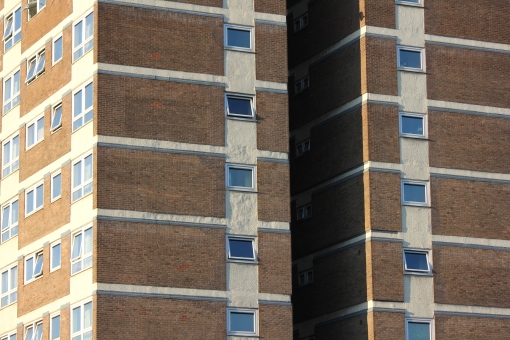
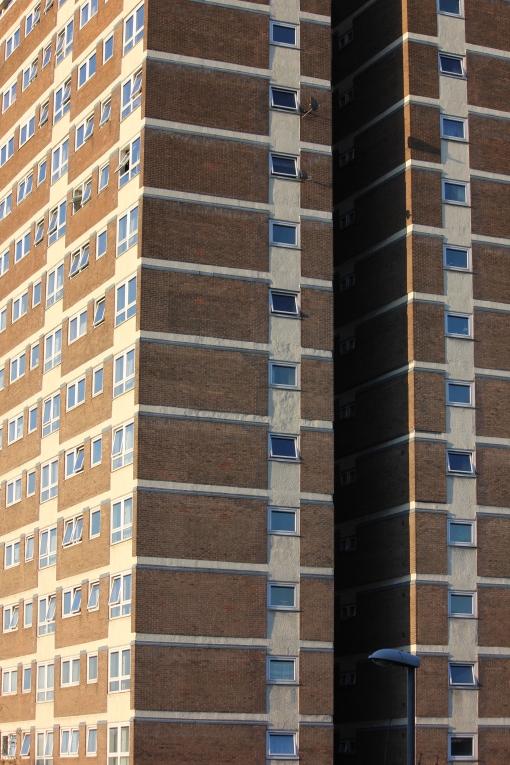 The above three images are my own working in the style of Wilbrink. The subject matter of all three of these images is the council flats which is housing provided by the council for people who are struggling with issues like money or disabilities. They represent an austere life as they are as basic as possible because the council cannot afford to put everyone in luxurious accommodation. The simplicity of the buildings is also conveyed with the composition of the images. I like how all three of these have worked because they demonstrate how a simple layout can actually be the most effective. The signifiers is the simplicity of the architecture yet this is deceiving; it represents a simple solution to giving people homes where as the underlying problem of people living in poverty is not being resolved. Whilst walking around this area I noticed a lot of graffiti about. This is rather typical of this sort of area so again can demonstrate an austere life. Here are a couple of images of graffiti I found:
The above three images are my own working in the style of Wilbrink. The subject matter of all three of these images is the council flats which is housing provided by the council for people who are struggling with issues like money or disabilities. They represent an austere life as they are as basic as possible because the council cannot afford to put everyone in luxurious accommodation. The simplicity of the buildings is also conveyed with the composition of the images. I like how all three of these have worked because they demonstrate how a simple layout can actually be the most effective. The signifiers is the simplicity of the architecture yet this is deceiving; it represents a simple solution to giving people homes where as the underlying problem of people living in poverty is not being resolved. Whilst walking around this area I noticed a lot of graffiti about. This is rather typical of this sort of area so again can demonstrate an austere life. Here are a couple of images of graffiti I found:
It is difficult to find the meaning behind this art as the artists are always anonymous however the most common graffiti is a simple message or ‘gang’ name. The image in the middle however demonstrates the most artistic graffiti. It seems to show an angry green man (the Hulk perhaps) chomping on something that is gold. To me this could actually represent the government as they eat away at people’s tax. It signifies an austere life with how angry this art seems.
The final angle I thought of to demonstrate an austere life is how people in these sorts of deficient situations can get pleasure from something so simple; like a cup of tea for example. It is important that they appreciate the smaller things in life as it keeps them humble and will always have good life values meaning they would never take anything for granted.
I feel that I have come a long way since the beginning of term due to the fact that I had no idea what the word austerity was or meant. I even found the word to daunting to even research at first. However once I got into the research my mind was settled. This module has given me a much broader insight to the world of economics and how it actually affects people’s lives. I believe that my initial intention of portraying a life that is not usually seen has been fulfilled.
Posted in Photo-story
Image processing – Spot colour
TASK
Take an image on your camera to show spot colour without editing it
Take another image and produce a spot colour by using photoshop
Posted in Photo-story
Photo-story – Semiotics assignment
TASK
Answer these questions on semiotics based on this photograph by AnaStasia Rudenko and the photo of David Cameron.
Then replace the picture for one of yours and answer the questions again.
1. Identify the signifiers in this picture?
The main signifiers in this image are the 6 displeased looking men featured in army gear and also the painting in the background. I think the plain wall also is a signifier.
2. What do they signify?
With all the men having the same bald head and outfit it signifies the conformity that comes with being in the army. The idea that everyone looks the same is so that their maximum concentration is on the war, and not themselves. Their facial expressions are all similar; this is a clear indication of how they’re all feeling. They seem disconnected and in deep thought; potentially dreaming of a better place, like the place featured in the painting.
The painting itself has many denotations. From initial glance it seems to portray a dreamland with the pastel colours that are used. Although because there is a fort around the kingdom this painting could be used to remind the army men what they are there for; to protect their country. The fort represents the army and the kingdom epitomises the country that they are fighting for.
3. What does the signifier and its signified form when combined?
It forms an insight to how people in the army live/think. Combining the army men and the painting has an extremely strong link making this a powerful photograph.
4. What codes are you using to interpret the signifiers in the picture?
The three codes to interpret signifiers are: Social codes, textual codes and interpretive codes. Social codes include body language, verbal languages fashion codes and behaviour rituals. Textual codes include scientific codes, aesthetic codes, art codes and mass media codes. Interpretive codes include ideological codes, perceptual codes.
For this particular image I believe it is mainly a social code however because of the painting featured it also uses parts of the textual code when referring to art codes.
1. Identify the signifiers in this picture?
The main signifier in this particular image would be David Cameron but only because of the status that he currently holds. David William Cameron is the Prime Minister of the United Kingdom, and Leader of the Conservative Party. He represents Witney as its Member of Parliament. Another signifier would be the grubby location and as juxtaposition to this the cleaning apparatus is another signifier in the photo.
2. What do they signify?
David Cameron represents the conservatives therefore portrays a favour in traditional views and values who opposes change. So this image could be seen a contradiction to what David is doing as typically he would not be doing this sort of labour. He is of a high status so the location he is in is an also a complete paradox. The place could signify the economy to which he wishes to ‘tidy up’ in a sense. It shows a side to the Prime Minister that we would not usually see which would make him seem more of an approachable man who wants the public to know that he is ‘one of us’. The fact that David is wearing a suit whilst cleaning up actually adds comedy value as it just looks bizarre. This signifies again that he is of a high status.
3.What does the signifier and it’s signified form?
Together they form an insight to how the parliament works on getting people to like them. It’s a competitive industry and everything must be done in order to become the most popular. Even if it means cleaning up trash.
4. What codes are you using to interpret the signifiers in the picture?
The main codes to determine these signifiers is social coeds because of the politic value involved. Also interepretive code becuase of the ideological codes included. I found this image particularly difficult to pick out the signifiers meaning which may be down to my lack of knowledge on politics.
1. Identify the signifiers in this picture?
The main signifier would be my cat as she takes up the majority of the photograph. The second signifier would be the water that she is drinking from the tap. She is a rebellious cat for doing this!
2. What do they signify?
Depending on what culture you’re from, a cat can have many significant symbols. According to ‘whats-your-symbol.com’ a cat’s symbolism is combined with resourcefulness and psychic power because of its sometimes unorthodox & “mysterious” behaviour. This is clearly represented in this photograph as Cleo insubordinatly drinks from the tap! Cats can also be a symbol of intelligence; not many pets will relate a tap with water.
Water’s general signifiers include purity, life and intuition. It doesn’t vary much from culture to culture mainly because water is so essential to our existence.
3. What does the signifier and its signified form when combined?
When combined it forms an image which has a clear subject matter of ‘life’. Overall, the symbol of water has a more important role despite being only being featured a bit in the photo. It shows how important water is to all living creatures.
4. What codes are you using to interpret the signifiers in the picture?
The three codes to interpret signifiers are: Social codes, textual codes and interpretive codes. Social codes include body language, verbal languages fashion codes and behaviour rituals. Textual codes include scientific codes, aesthetic codes, art codes and mass media codes. Interpretive codes include ideological codes, perceptual codes
Textual codes and interpretive codes were used to interpret the signifiers in this picture mainly because of how water is understood. Textual codes cover the literal need for water yet perceptual codes indicate the symbols of the cat and water together as a whole.
Posted in Photo-story

